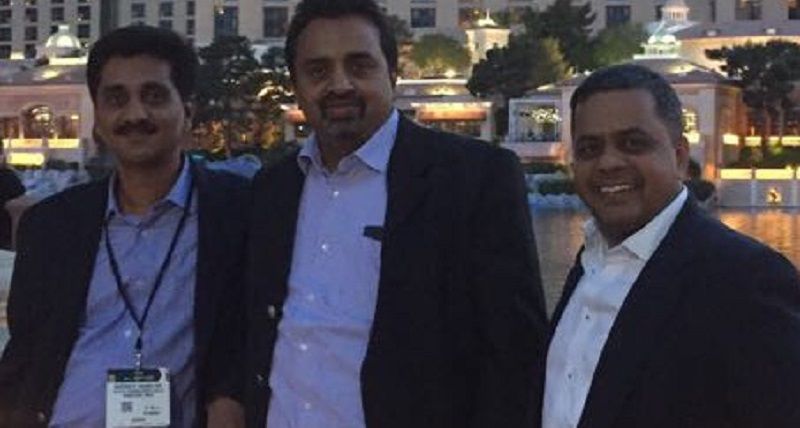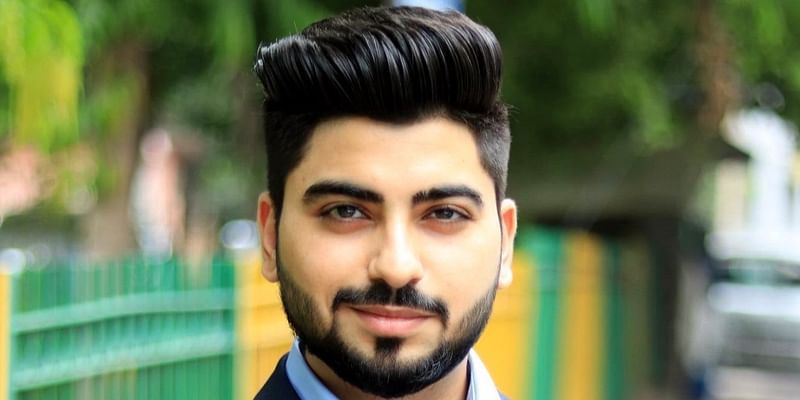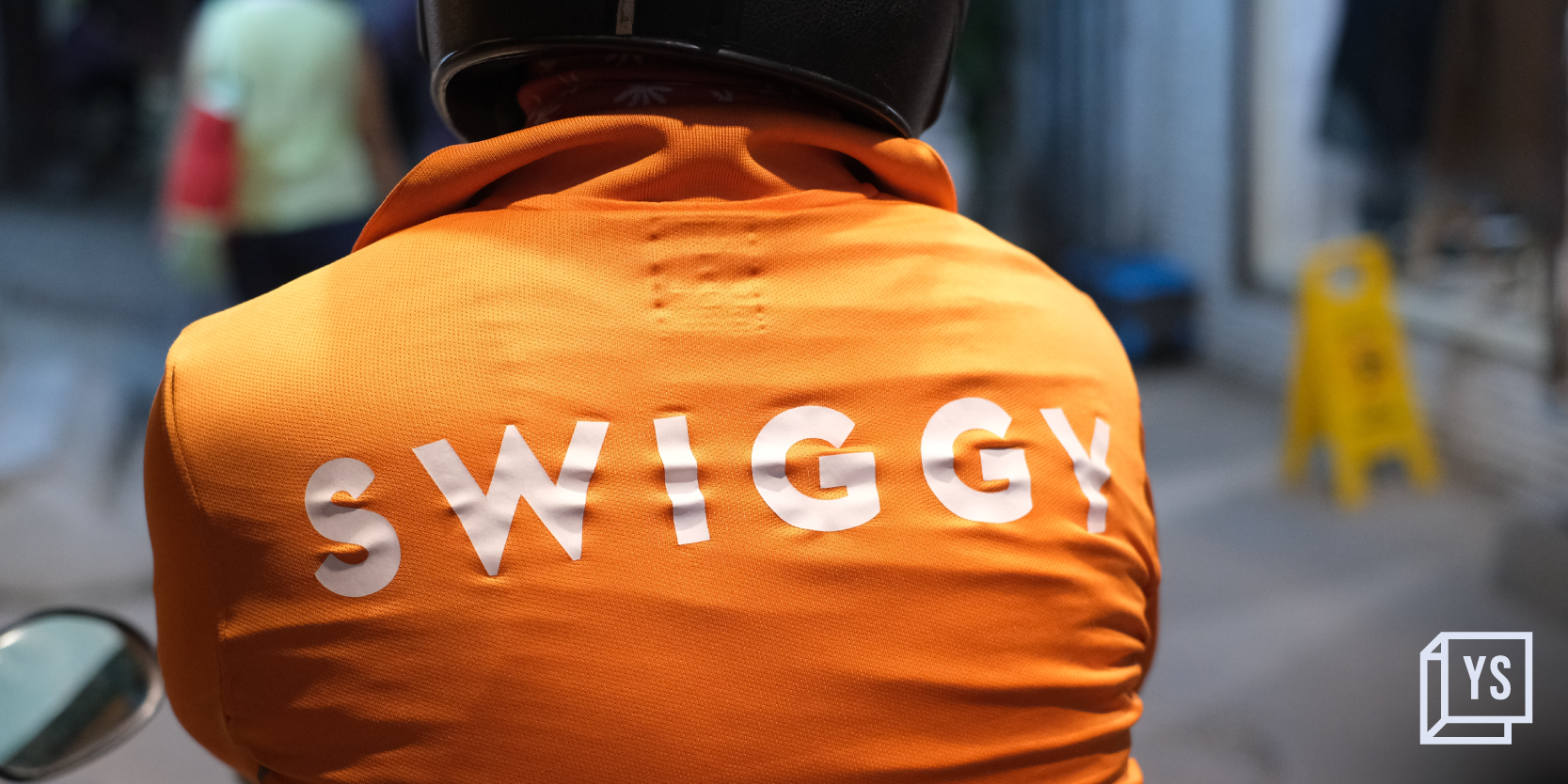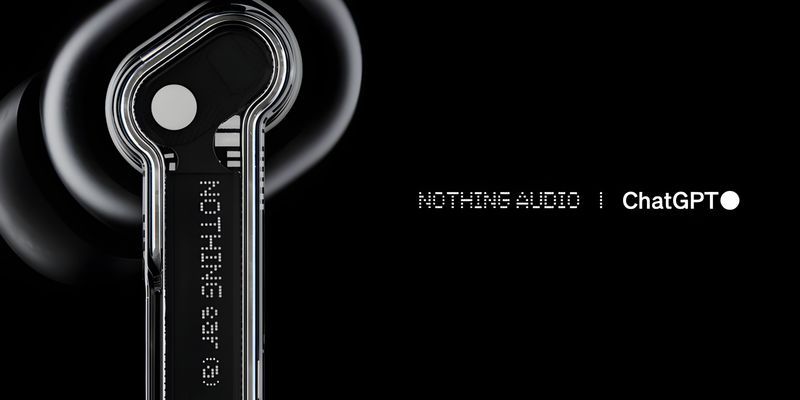Cattleya offers end-to-end solutions in e-surveillance and asset productivity
Bengaluru-based IoT and cloud enabled managed services provider claims Rs 100 crore revenue by helping banks and telecom operators slash costs by 70 percent.
In the mountainous regions of Ecuador, a team of Indians is integrating IoT boxes on to telecom towers to track their operations and maintenance. The reason for the box? To alert telecom operators about security of the site and ensure that the tower is not tampered with. The software, hardware and the edge analytics platform is owned and executed by a Bengaluru-based company called Cattleya Technosys.
Cattleya Technosys was founded by Badrinath Rao, Anoop Narayanan and Karanraj Sahi in 2013. The company is in the business of electronics and video surveillance, central monitoring, asset control, and analytics backed by closed loop operations. Customers using Cattleya Products have signed multi-year managed services contracts for over 10,000 sites. By the end of this financial year, the company will add 10,000 more sites to be managed by its entire platform.
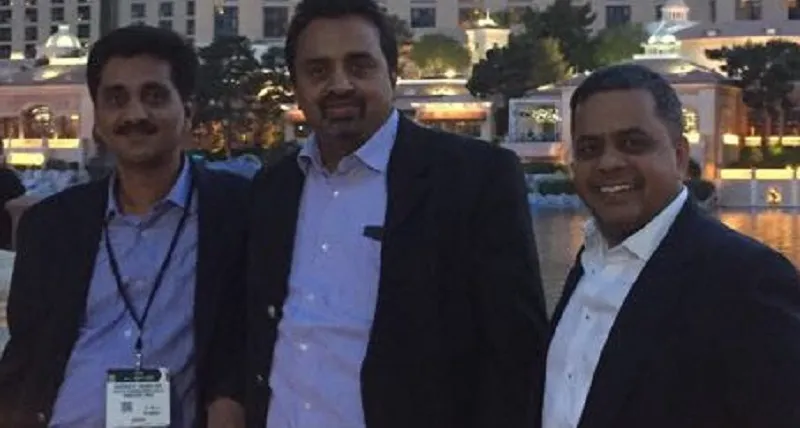
Badrinath Rao, Co-founder and CEO of Cattleya Technosys, says, “We are a machine-to-machine platform with SaaS service for large banks and telecom operators. If there is an ATM tracking security, then our box is in one of them.”
The early days
Badrinath and Anoop have known each other for over 20 years. They successfully ran their own tech company, Invendis Technologies, a M2M business, from 2007; they sold it for a good valuation in 2012. Sources say it was sold for Rs 100 crore, after which they quickly began to work on an IoT business.
That’s when they met Karanraj, who was part of a legacy family business NisaGlobal, a security services business, which funded Cattleya and the funding remains undisclosed. They met in 2012 and discussed synergies between IoT and security businesses. The three of them understood the banking and telecom space, and went after the fixed costs that hurt the business. They invested close to Rs 6 crore in an idea where technology would bring down fixed costs by 70 percent.
“We were on to something. If you look at bank P&L accounts you will notice that they spend Rs 500 crore and upwards on security. Technology can bring these costs down,” Badrinath says. He adds that this was the opportunity that they went after. “If technology could bring the costs down by 70 percent then clearly we were on to something big,” he says.
According to the RBI, there are 3,00,000 ATMs and over 1.5 lakh bank branches that can use security applications. Banks are also going to add many small branches across the country that would require security, surveillance and operations data on the fly. This was the whole point of setting up Cattleya. The IoT application will also let the bank know whether the power supply is constant; it will track how the customer is interacting with the machine and report any suspicious activity.
The experienced team has some big banks in their portfolio.
Badrinath says, “Winning a business is easy if you have the network and speak clearly about the technology benefits you can offer to the business. You cannot speak jargon when selling such high-end systems.”
Over the last two years, the company has won accounts of ICICI Bank and Axis Bank with whom it managed 50 and 39 sites respectively in the early days. Cattleya now operates over 10,000 ATM branches in India with several nationalised and private banks. The company is also making inroads in retail and commercial real estate.
How does Cattaleya bring costs down?
“Our conversations are with the chief security officers. We tell them that with our systems you don’t need to have people at the ATM or a centre,” Anoop says. He adds that the platform, which is automated, does not need more than one security person at the centre.
Compare this to the current situation where there are three security guards at each location, with each costing Rs 10,000 per month. Imagine the cost of Rs 30,000 per ATM per month multiplied by 1 lakh ATMs across the country. The ball park figure goes up to Rs 300 crore, not including maintenance and power costs.
The IoT platform removes this cost because everything is monitored remotely and all incidents are tracked via video and the network.
Cattleya integrates a box in each location, which connects to its cloud and manages the entire operation for the bank or telecom company. The box provides the following services:
- 24/7 Central Monitoring
- Electronic Surveillance
- Video and Audio InterfaceUni Directional
- Bi Directional
- Energy Management
- Asset Efficiency
- Asset Accessibility & Control
- Analytics
- Mobile Apps for QRT
- Quick Response Teams (QRT)Incident Response
- Operations and Maintenance (O&M)
- Remote Attendants (RA)
Cattleya competes with Securans, Zicom and Modern. Securans is the main competitor, with the only difference being that Cattleya owns the IP to business and service. The competition also generates a topline of Rs 50 crore or more.
But the Cattleya founders, who are now scouting for partners globally, are counting on their services and technology IP to set them apart.






